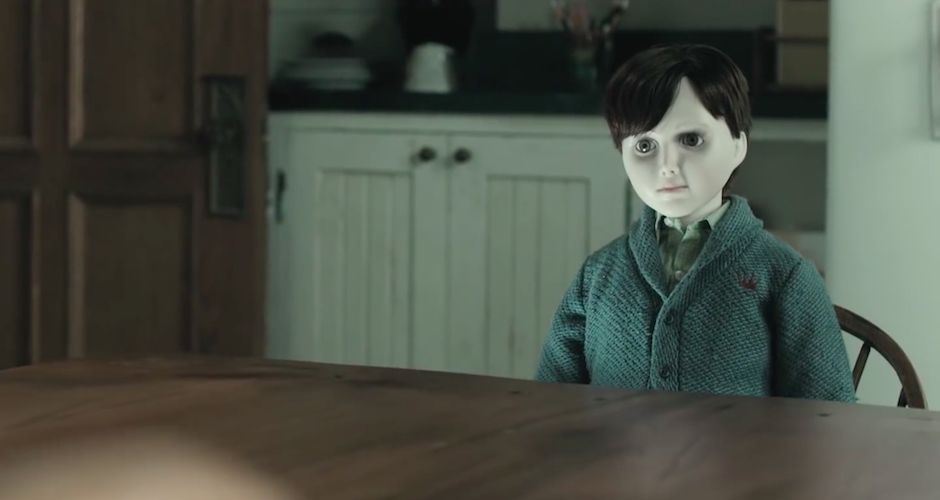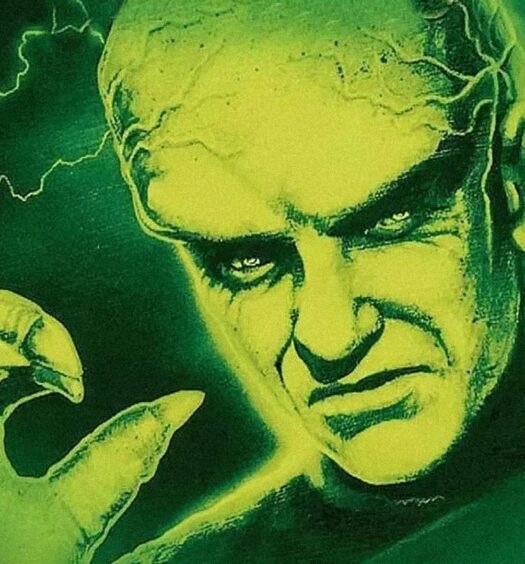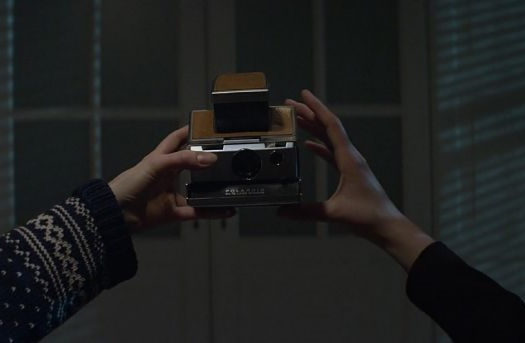The kiddie table.
Maybe you’ve sat there. Maybe you’ve even told someone to sit there. Either way, we all know what it is. It’s the table where the kids sit. Away from the dining room, off to the side and separate from the “adults”. Thanksgiving. Christmas. Wedding receptions. Family functions. The kiddie table is an international mainstay at any large gathering. But is the kiddie table less important? Is it served less food? Less drinks? Less love?
No.
But still, what every kid at the kiddie table seems to want, even if they don’t understand why, is to sit with the adults. But before those brats stand up and start World War Family, let me get to my point about Horror Films.
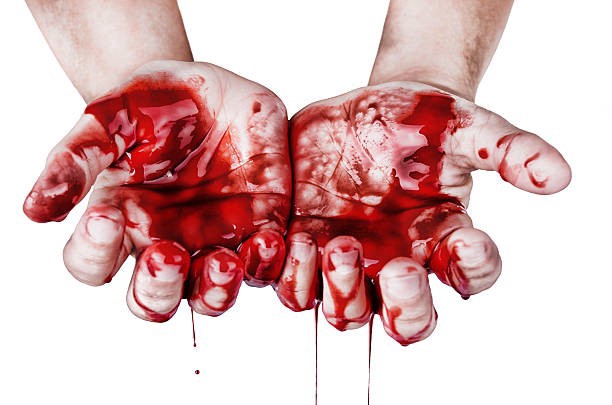 Since 1896, when film pioneer George Méliès released The Devil’s Castle, what many credit as the first Horror film, our beloved genre has wrestled with how audiences, critics and even fans react to its subject matter. Horror films of the early-mid 1900s tended to rely on the macabre, with story-lines that favored the Gothic and the supernatural. These silents and “talkies” leaned towards dark melodrama, playing more with expressionism, mood, and emotion than scares. And the Hollywood elite noticed, nominating dozens and even awarding six Academy Awards to genre films during the period, including Alfred Hitchcock’s Gothic love story, REBECCA. Napkin on its lap and knife in hand, Horror was definitely seated prominently at the Adult Table.
Since 1896, when film pioneer George Méliès released The Devil’s Castle, what many credit as the first Horror film, our beloved genre has wrestled with how audiences, critics and even fans react to its subject matter. Horror films of the early-mid 1900s tended to rely on the macabre, with story-lines that favored the Gothic and the supernatural. These silents and “talkies” leaned towards dark melodrama, playing more with expressionism, mood, and emotion than scares. And the Hollywood elite noticed, nominating dozens and even awarding six Academy Awards to genre films during the period, including Alfred Hitchcock’s Gothic love story, REBECCA. Napkin on its lap and knife in hand, Horror was definitely seated prominently at the Adult Table.
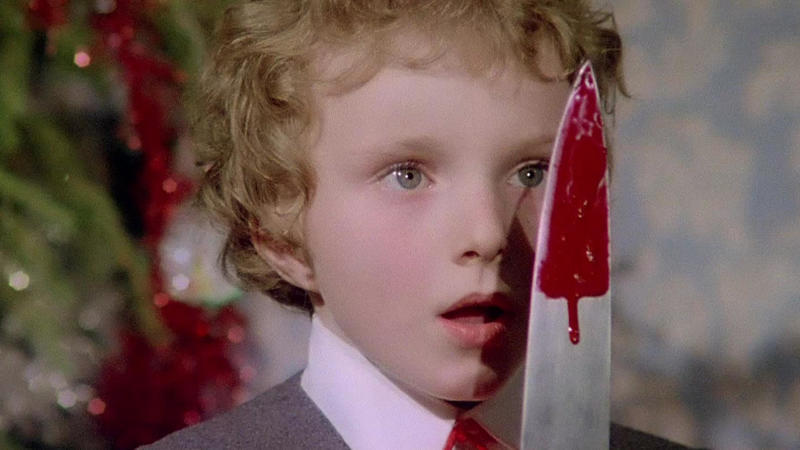 But a modern age approached. Advances in film, sound, technology, and the availability of that technology to the masses, meant things were about to get messy. The 1960s ushered in a more shocking and bloodier age. The moody mystery of black-and-white phantoms and tragic monsters were replaced by the gushing arterial spray of Technicolor blood and Argento/Corman/Romero and Bava-esque gore. By the 1970s, it was just too much to bear and in response, the adults in the room fixed their eyes on Horror. It was on its way to the kiddie table.
But a modern age approached. Advances in film, sound, technology, and the availability of that technology to the masses, meant things were about to get messy. The 1960s ushered in a more shocking and bloodier age. The moody mystery of black-and-white phantoms and tragic monsters were replaced by the gushing arterial spray of Technicolor blood and Argento/Corman/Romero and Bava-esque gore. By the 1970s, it was just too much to bear and in response, the adults in the room fixed their eyes on Horror. It was on its way to the kiddie table.
But before it left, Horror stood up from the adult table… and kicked it over.
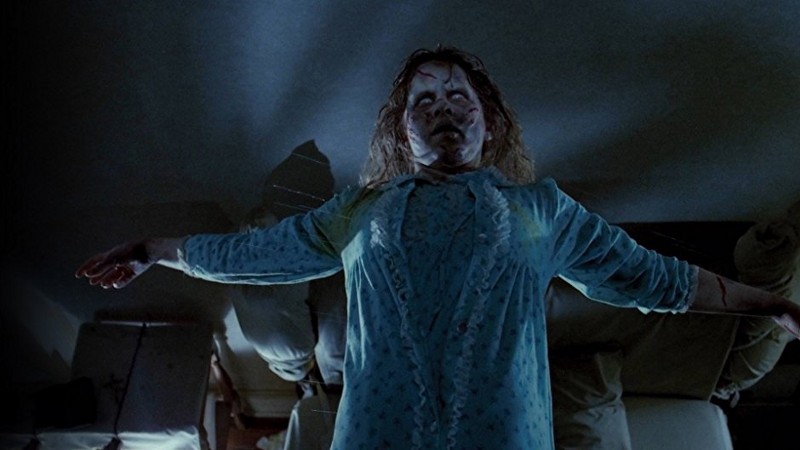
The Exorcist, 1973
Director William Friedkin’s THE EXORCIST was released in 1973. It earned ten Oscar nominations and won two. It is one of the highest-grossing films in history and to date, is the only Horror movie to be nominated for Best Picture of the year. The film shouted to the Hollywood community and the world, that the Horror genre was not only a shocking and exhilarating money-maker, it was Art.
Arguably, Alfred Hitchcock’s 1960 masterpiece, PSYCHO ushered in an age of modern Horror, with ROSEMARY’S BABY quickly following. By the time THE EXORCIST dominated movie screens mainstream Hollywood, helped along by a Puritanical America and the UK, had reacted to that success by categorizing Horror, distancing themselves from genre artists and fans alike. But did Horror care?
After all, now that Horror was no longer part of the elite, it embraced what it was: a genre with less rules. Left to its own devices at the kiddie table, Horror could push the boundaries of common story-lines. It could go into darker places and explore shocking themes without the borders of establishment. We had arrived at our own table and created a new home, the same one we sit at today.
Separate and alone at the kiddie table.
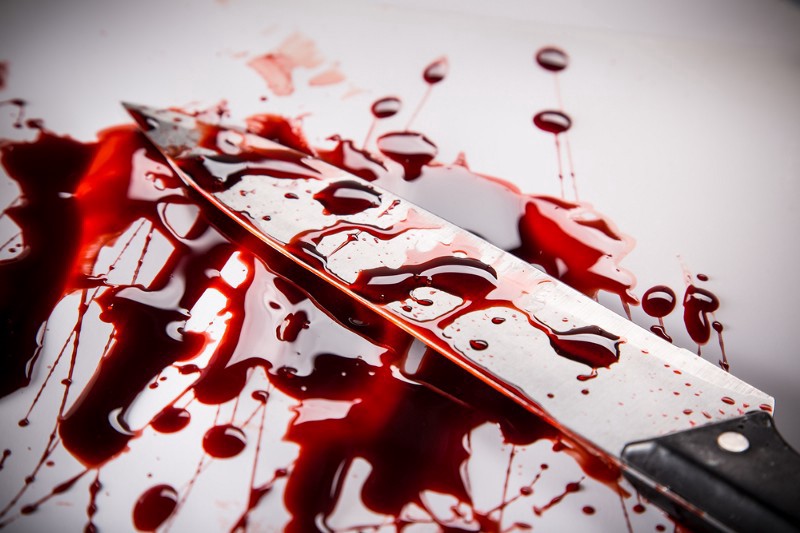
After THE EXORCIST, the Horror genre dived headfirst into the pit of its own making. And loved every minute of it. Other than the occasional Oscar nomination or technical award, such as ALIEN (Best Effects), THE OMEN (Best Score), AMERICAN WEREWOLF IN LONDON, THE FLY (Best Makeup), BRAM STOKER’S DRACULA (Costume), Horror films rode out most of the 1980s and 90s creating their own greatness. These decades saw Horror come of age and branch off, creating subcategories where other genres had none: Zombie, Monster, Slasher, Paranormal, Apocalyptic, Splatter, Home Invasion, and more. For the most part, each successful subset embraced its independence, created new fandom and bathed in their success, awash with blood and guts. Other than a few occasions, Hollywood and mainstream audiences barely took notice.
Until 2017.
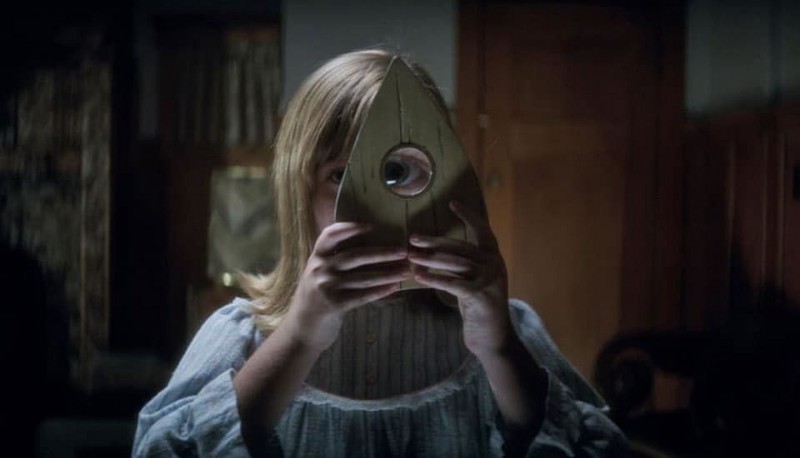 What I remember about sitting at the kiddie table, is that every now and then an adult comes over and stays awhile. They mingle, pass out hugs, chime into the conversation, swipe some food and generally enjoy themselves surrounded by the energy, the boundless enthusiasm and the future. Today, that adult is Hollywood and the kiddie table has its attention. Films like THE BABADOOK, IT FOLLOWS, THE WITCH, GET OUT and IT have broken free of genre festival circuits and made huge impressions with mainstream audiences outside the confines of their genre. The new age of Horror has arrived and with each success, Horror artists, creators, and even fans, are coveted more and more. The Hollywood elite has grown up and embraced the kiddie table for what it always was: Family.
What I remember about sitting at the kiddie table, is that every now and then an adult comes over and stays awhile. They mingle, pass out hugs, chime into the conversation, swipe some food and generally enjoy themselves surrounded by the energy, the boundless enthusiasm and the future. Today, that adult is Hollywood and the kiddie table has its attention. Films like THE BABADOOK, IT FOLLOWS, THE WITCH, GET OUT and IT have broken free of genre festival circuits and made huge impressions with mainstream audiences outside the confines of their genre. The new age of Horror has arrived and with each success, Horror artists, creators, and even fans, are coveted more and more. The Hollywood elite has grown up and embraced the kiddie table for what it always was: Family.
But Horror has a decision to make.
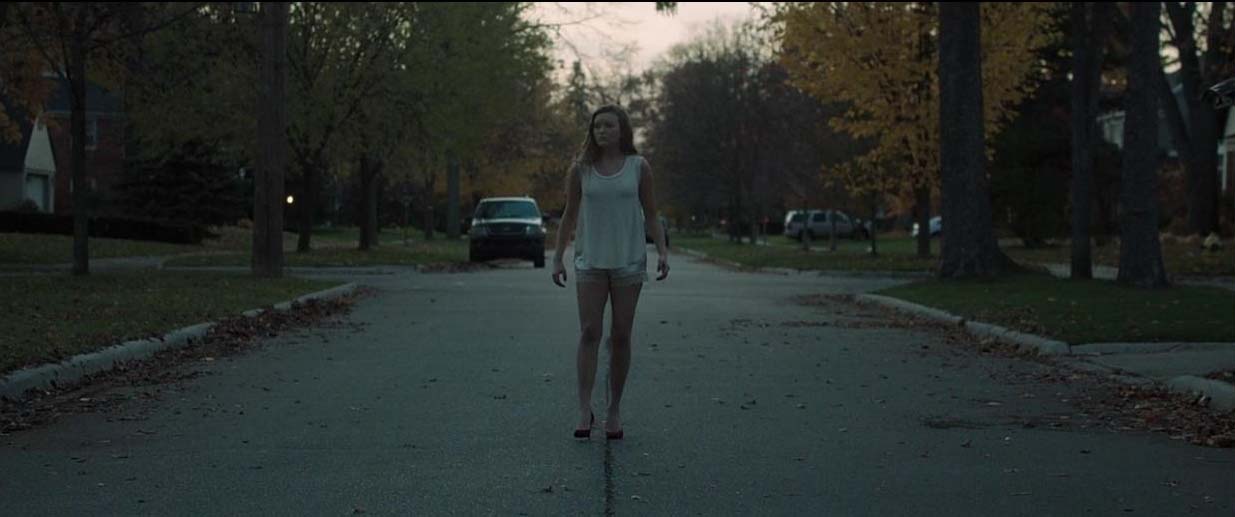 The line in the sand created after THE EXORCIST is one of our own making and its impacting our beloved art form. The last few years have seen the kiddie table of Horror move from shunned isolation to desired destination. But with each success, comes trouble within and outside of the ranks of Horror.
The line in the sand created after THE EXORCIST is one of our own making and its impacting our beloved art form. The last few years have seen the kiddie table of Horror move from shunned isolation to desired destination. But with each success, comes trouble within and outside of the ranks of Horror.
For every fan of THE BABADOOK and THE WITCH, there is a genre fan who claims those films are not Horror. For every critic who reviews IT as Horror, there is a critic who labels the film a Coming-of-age Drama. Even the Golden Globe nomination of GET OUT in the Best Motion Picture category of Musical or Comedy left both Horror fans and Film critics scratching their heads. Perhaps all parties should learn from the response of its Director, when Jordan Peele observed, “At the end of the day, call ‘Get Out’ horror, comedy, drama, action or documentary, I don’t care. Whatever you call it, just know it’s our truth”.
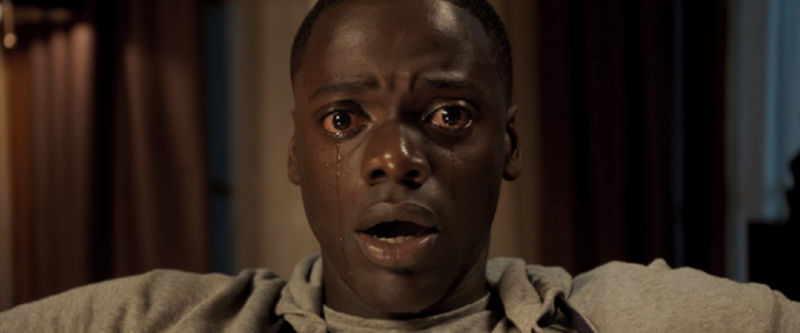
Are Horror and Hollywood at an impasse, forever separated as two tables? It leaves one with questions: What does the Horror fan desire? Blood, guts, and typical genre archetypes. What does the critic avoid? Those very same things. What is the result? Great film-making can be left categorized by self-appointed sentries too blind to see they’re on the same team.
I believe 2017 will be remembered as the year that changed things. This year brought Horror and Hollywood full-circle, tables joined together again in pure creative synergy. Sure, my beloved genre will always have its subcategories, with shining stars in each of them. But with more and more of those films breaking out of their boxes, we all win. After all, there is no downside when Horror fans and mainstream audiences alike are nourished by the same gasps, screams and shocks. When well-developed and beautifully photographed characters confront dark challenges, it sets a table we can all sit at: Great Cinema.
Happy New Year.

